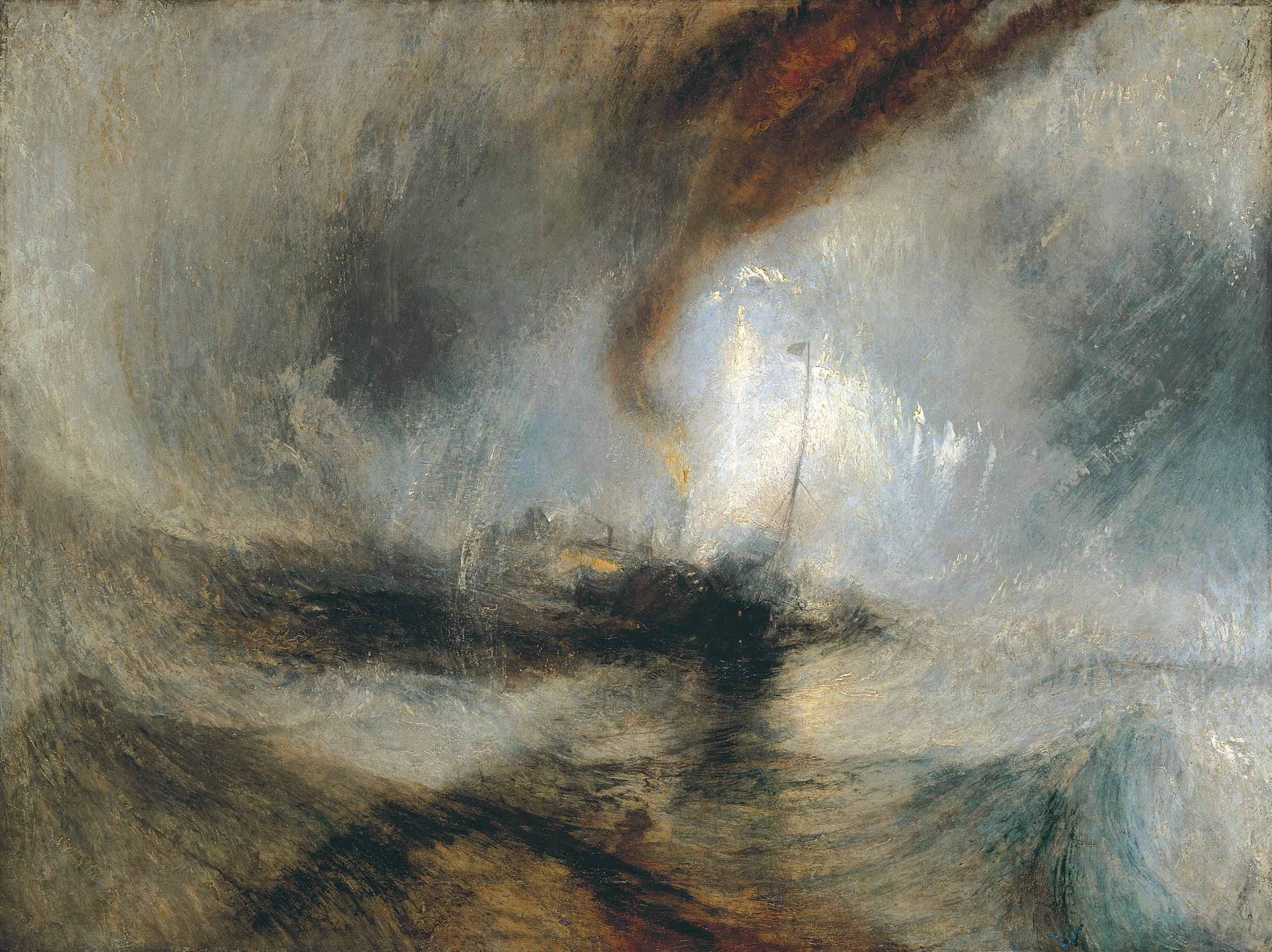Imagine stepping into an art gallery and feeling a wave of emotion wash over you, as if you’ve just been teleported into another world. That’s the magic of art and its uncanny ability to evoke moods that can make you laugh, cry, or even contemplate the mysteries of the universe. Buckle up, folks, because today, we’re diving into how art taps into our emotional cores and why that’s a hallmark of its excellence.
The Emotional Palette
Artists are like mood magicians, wielding their brushes and chisels to conjure feelings in the hearts of viewers. Whether it’s the serene calm of Claude Monet’s “Water Lilies” or the eerie unease of Edvard Munch’s “The Scream,” great art doesn’t just show you something—it makes you feel something. The power of an artwork to evoke emotion is a testament to the artist’s skill and the depth of their creation.
Colors and Moods
Let’s start with the basics: color. It’s no secret that colors play a huge role in setting the mood. Think about Mark Rothko’s massive color field paintings. Staring at those towering canvases, you’re likely to feel a profound sense of introspection or even melancholy. Blues and greens can create a calming effect, while reds and yellows can stir up feelings of excitement or even anger. Vincent van Gogh’s “Starry Night” swirls with vibrant blues and yellows, evoking a sense of wonder and restless energy.
Composition and Emotion
But it’s not just about color. The composition of an artwork—the way elements are arranged within the frame—can significantly impact how we feel. Take Pablo Picasso’s “Guernica,” for example. The chaotic, fragmented figures and stark contrasts convey the horrors of war, leaving us with a sense of despair and urgency. Contrast this with the balanced and harmonious compositions of Renaissance paintings like Leonardo da Vinci’s “The Last Supper,” which can evoke a sense of order and reverence.
Texture and Technique
Let’s not forget texture and technique. The way an artist applies paint or sculpts material can add another layer of emotional depth. The thick, impasto technique of van Gogh’s brushstrokes makes his sunflowers almost tangible, bursting with life and vitality. Meanwhile, the smooth, polished marble of Michelangelo’s “Pieta” exudes a serene, almost otherworldly peace.
Mood as a Marker of Excellence
Now, why is mood such a big deal when it comes to judging art? Because art that makes you feel something—anything—is doing its job. The ability to evoke mood is often seen as a sign of an artwork’s excellence because it means the artist has successfully communicated their vision and connected with the viewer on an emotional level. This emotional engagement can transform a simple image into a profound experience.
Historical Highlights
Let’s take a stroll down art history lane. In the Baroque era, artists like Johannes Vermeer used dramatic lighting and exquisite detail to create intimate, emotive scenes. His “Girl with a Pearl Earring” captivates viewers with its mysterious gaze and soft luminosity, evoking a sense of quiet curiosity and timeless beauty. Fast forward to the Romantic period, and you have J.M.W. Turner’s tumultuous seascapes, which evoke awe and terror at the sublime forces of nature.
Modern and Contemporary Masters
In the modern era, artists continue to explore and push the boundaries of mood. Abstract Expressionists like Jackson Pollock invite viewers to get lost in their chaotic, energetic canvases, while contemporary artists like Yayoi Kusama use immersive installations to evoke a sense of infinity and wonder.
The Personal Connection
One of the coolest things about art and mood is how personal it is. What makes one person feel elated might make another feel melancholic. This subjectivity is part of what makes art so endlessly fascinating and why discussions about it are always lively and diverse.
So next time you’re in a gallery or museum, take a moment to check in with your feelings. What is that painting or sculpture making you feel? Is it joy, sorrow, anger, or peace? Recognizing these emotions can deepen your appreciation of the artwork and enhance your overall experience.
In the end, the true test of art’s greatness is its ability to move us, to stir our emotions, and to make us see the world through a different lens. So here’s to the masterpieces that make us laugh, cry, and everything in between. Art, with all its moods and magic, is a rollercoaster worth riding.
Happy viewing, art lovers!

